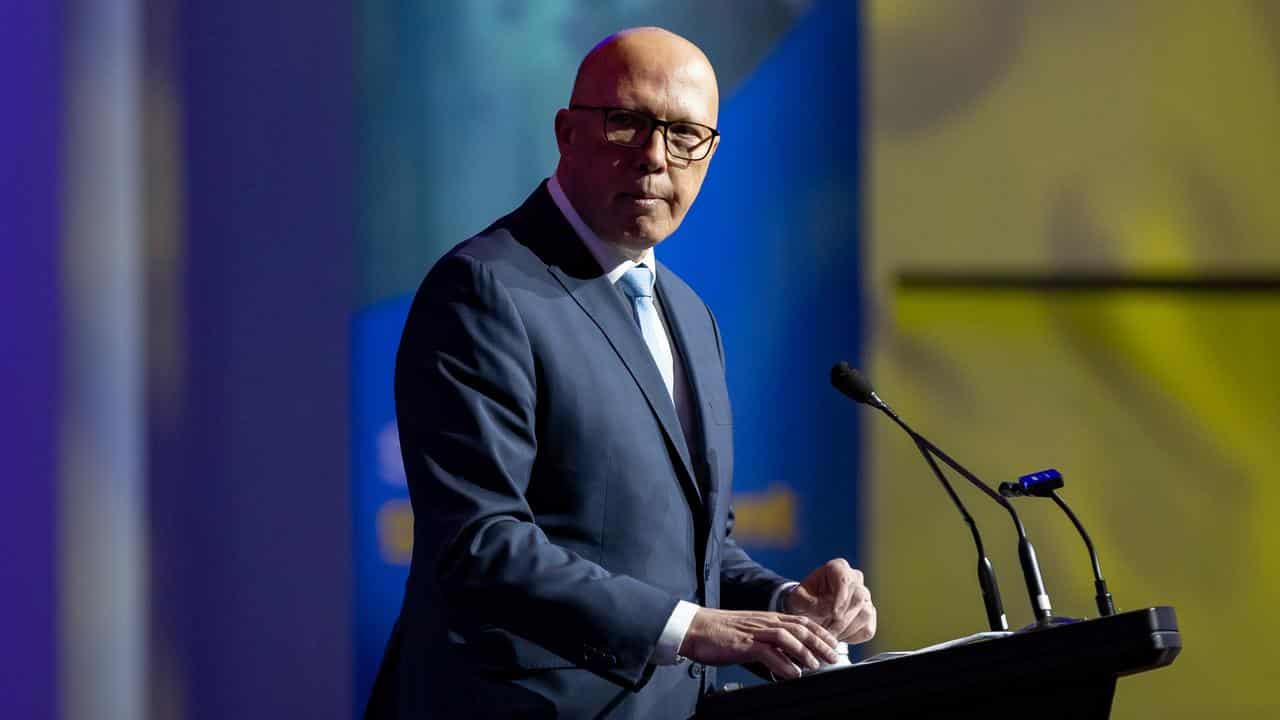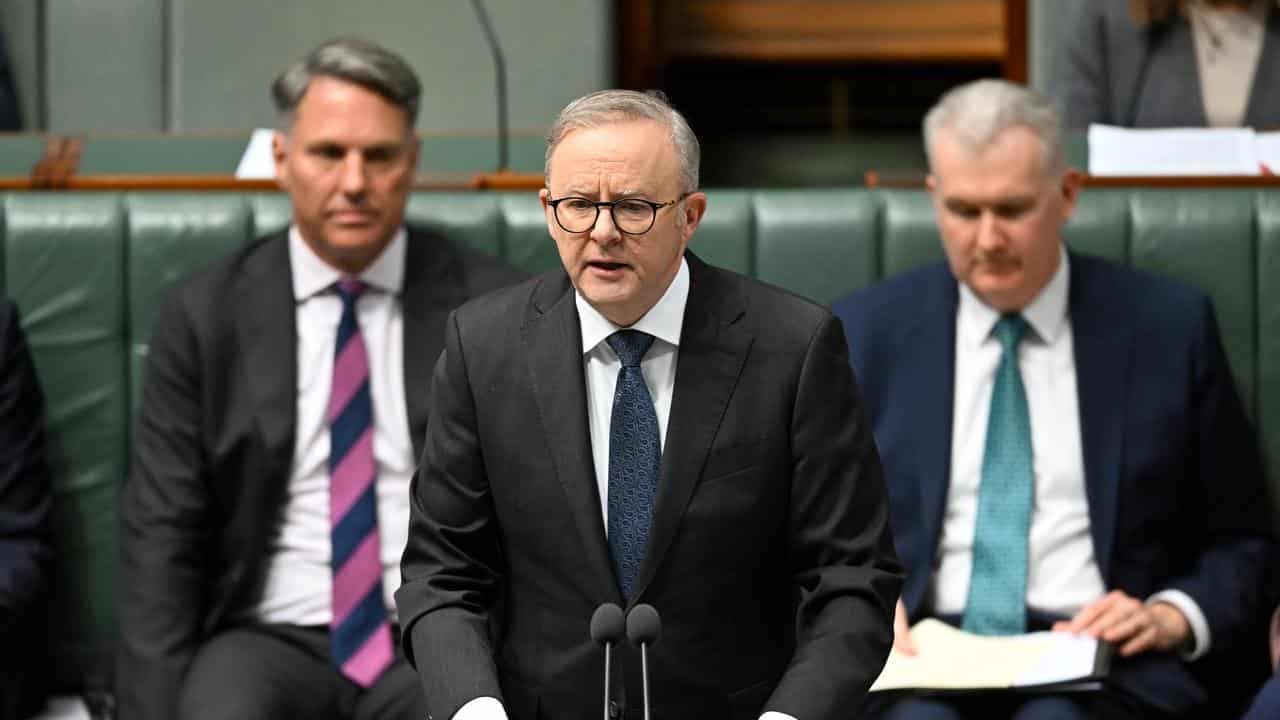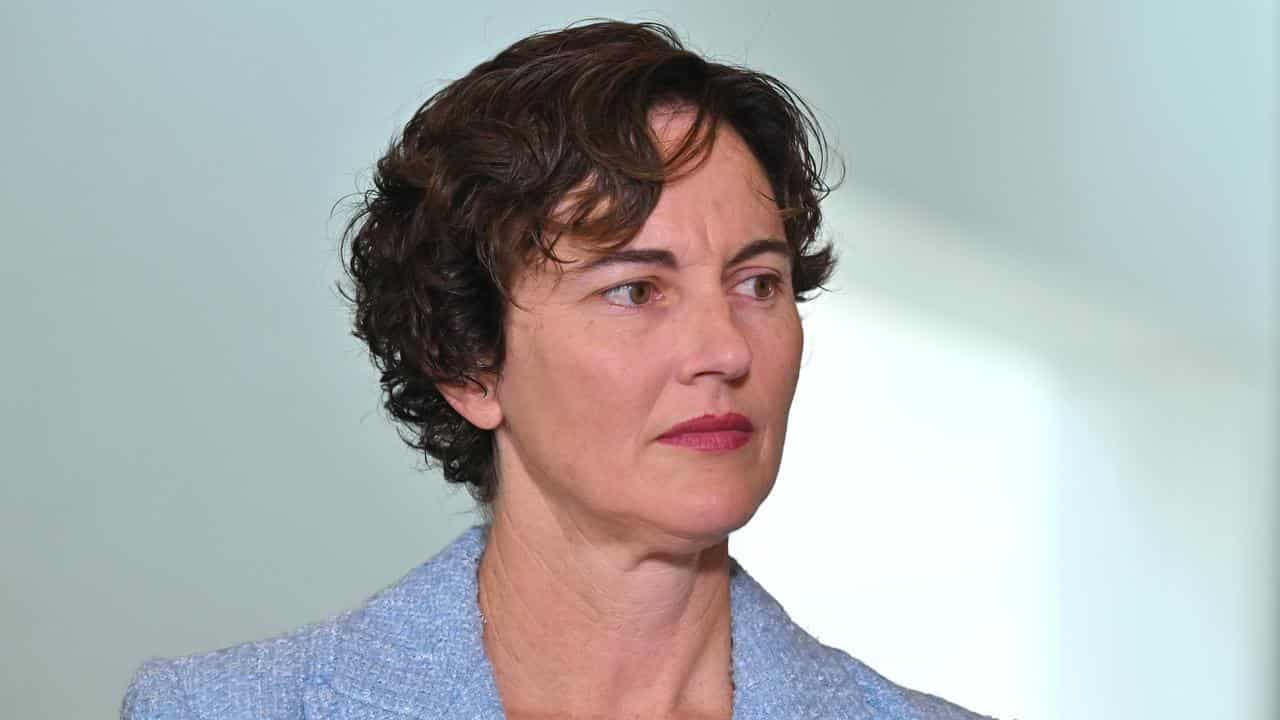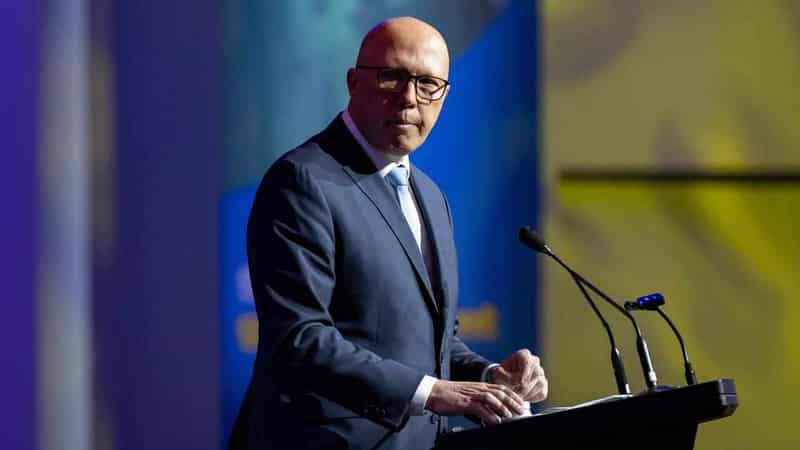
The coalition feels bullish about winning back teal seats at the next election after narrowing with the Albanese government in opinion polling.
Labor and the coalition are level at 50-50 on a two-party-preferred basis as parliament resumes following the winter break, according to the latest Newspoll survey conducted for The Australian and published on Monday.
Labor led on a two-party basis 51-49 in the last two polls, after the major parties had been neck-and-neck in early June.

The coalition gained on primary votes among the 1266 voters surveyed online between August 5 and 9, amid lingering discontent over the cost of living.
The poll shows Labor's primary vote decreased by one percentage point to 32 per cent while the coalition's increased by one to 39 per cent since July 21.
Support for minor parties and independents was up one point to 11 per cent, the Greens' primary vote fell one point to 12 per cent and One Nation was steady at six per cent.
Labor would still be most likely to form government, albeit in minority, if an election were held today, says polling analyst Kevin Bonham.
He cautioned that much can change between now and May 2025, the deadline for the next federal election.
Dr Bonham estimates Labor leads on a two-party-preferred basis of 50.3 per cent, after a weighted aggregate of recent polls including the latest Resolve Political Monitor released on Sunday.
The poll, conducted for The Age and Sydney Morning Herald, found Labor's primary vote edged up one point to 29 per cent over the past four weeks, while the coalition's dipped from 38 to 37 per cent.
Dr Bonham said the polls' contradictory one percentage point primary vote movements were statistically insignificant, and it's usual for polling numbers to bounce around.

Nationals leader David Littleproud took heart from the figures.
"We haven't given up on the fact that we can still govern in our own right," he told Sky News.
The coalition still has designs on formerly dependable inner-city seats, such as Ryan in Brisbane and Curtin in Perth, which were picked up by the Greens and independents at the last election.
"We've sent the most privileged politicians in the country to represent these electorates, these teal electorates," Mr Littleproud said.
"These people don't understand the lived experience of the pain that households are going through."
While independents are usually difficult to unseat in their first attempt at re-election, Dr Bonham said the irregular nature of Labor's big, Mark McGowan-assisted swing at the 2022 election made independent Kate Chaney vulnerable in Curtin.
"The Liberals don't necessarily need to take votes off Chaney," Dr Bonham told AAP.
"If they take enough votes off Labor in that seat then they get to a position where she can no longer beat them. So it is an interesting one in the context of there being likely to be a swing back between the major parties in Western Australia."

Ms Chaney's decision to reverse her initial support for a ban on live sheep exports was a sign she was feeling the pressure, Mr Littleproud said.
Meanwhile, Resolve found Labor lost support in its ability to manage the nation’s finances, after the Reserve Bank contradicted the government's claims its budget policies were helping get inflation back on target.
The coalition's lead in the measure grew from 15 to 18 percentage points, however Dr Bonham cautioned that the format of Resolve's issues polling likely disadvantaged Labor.









